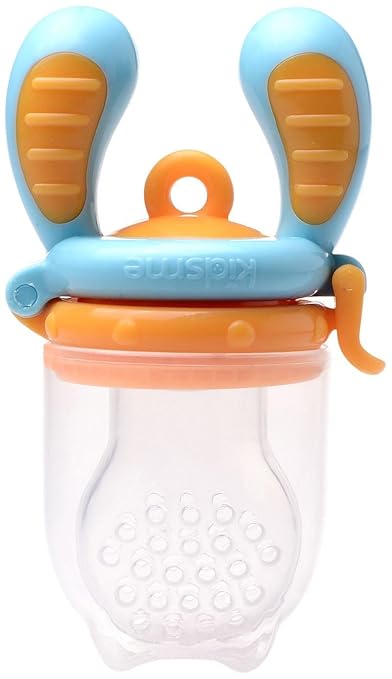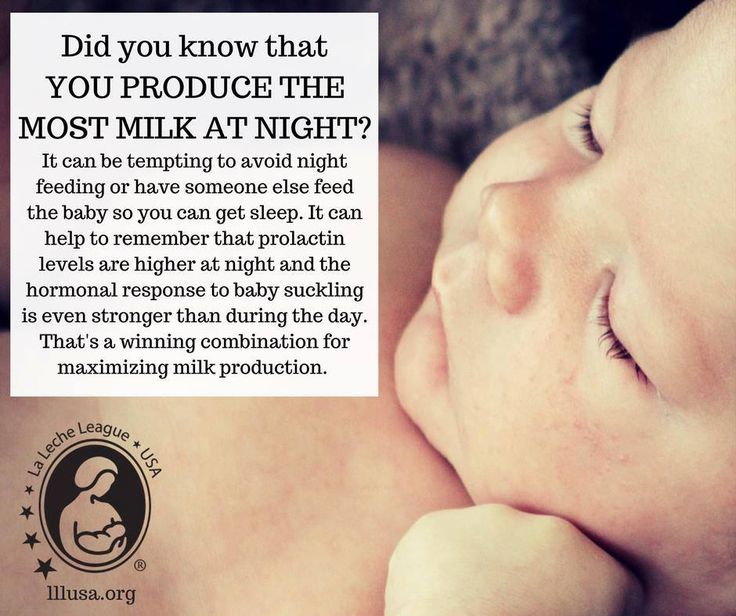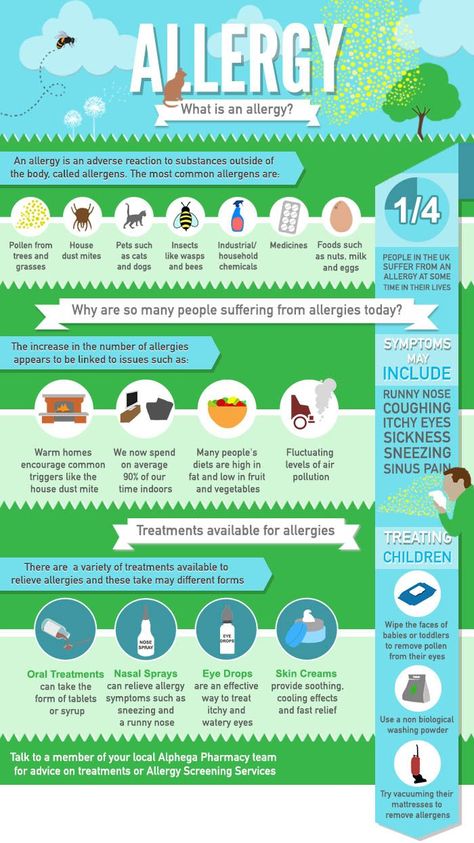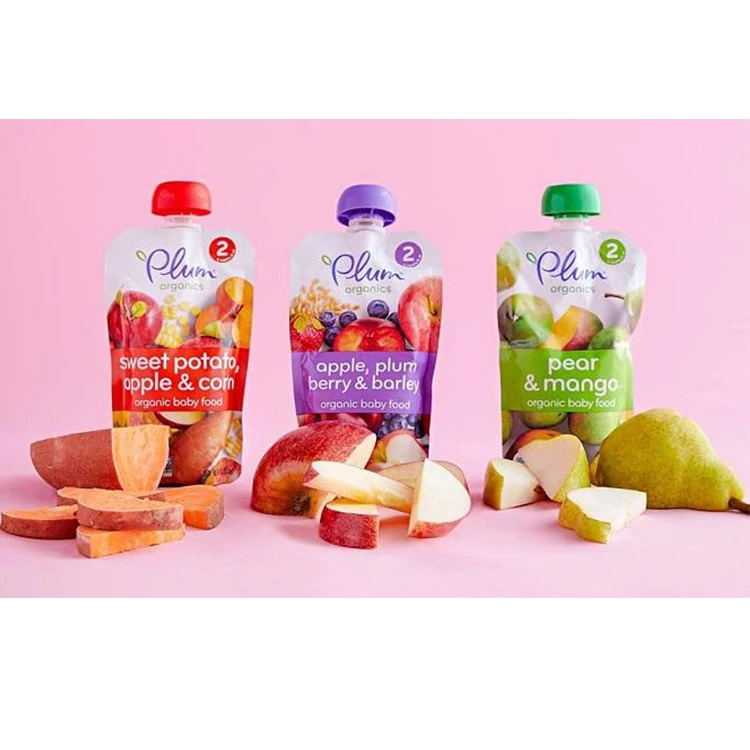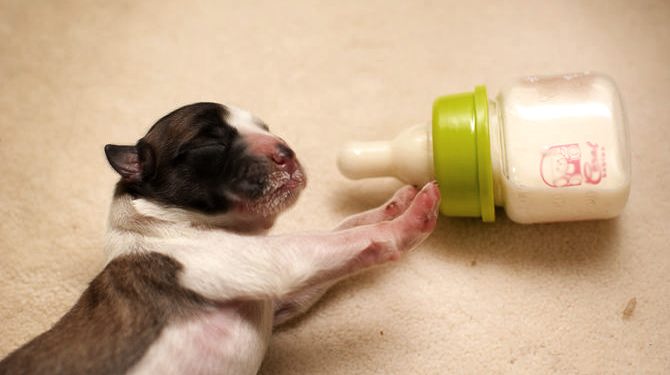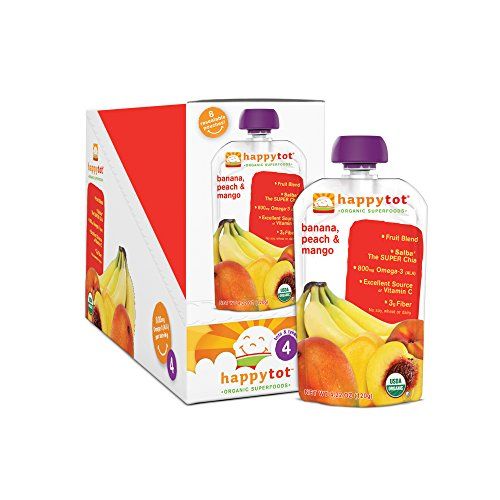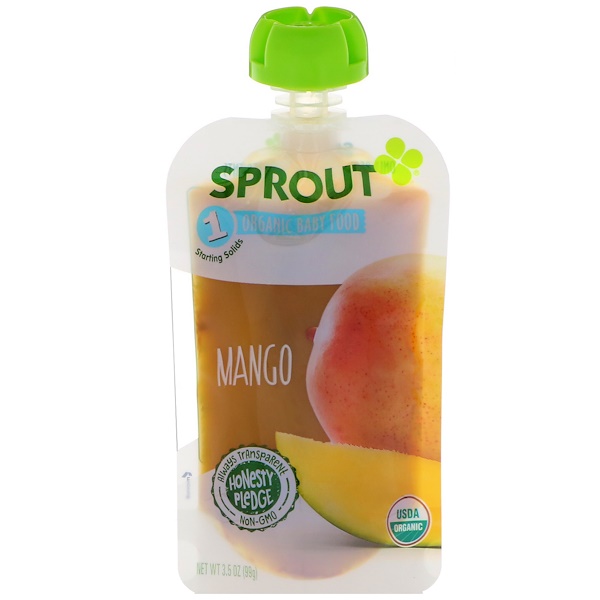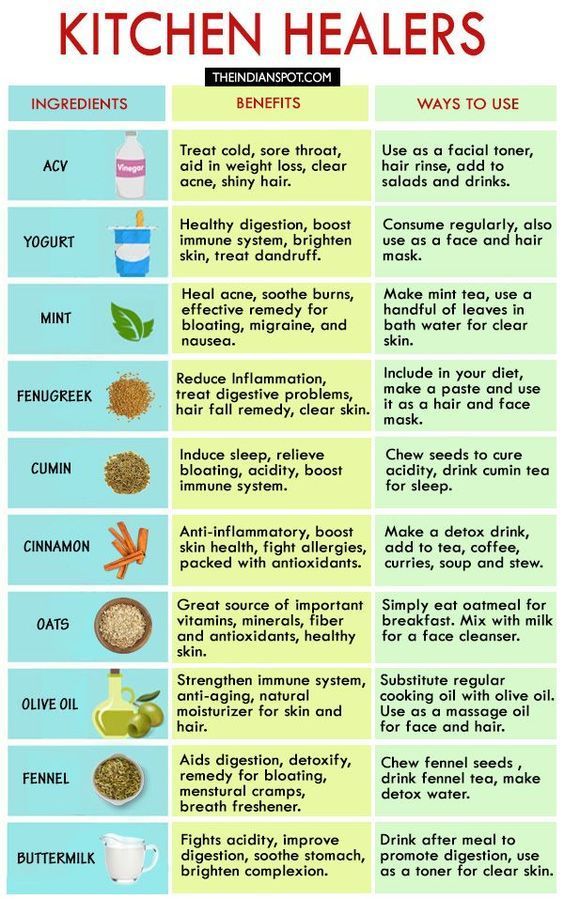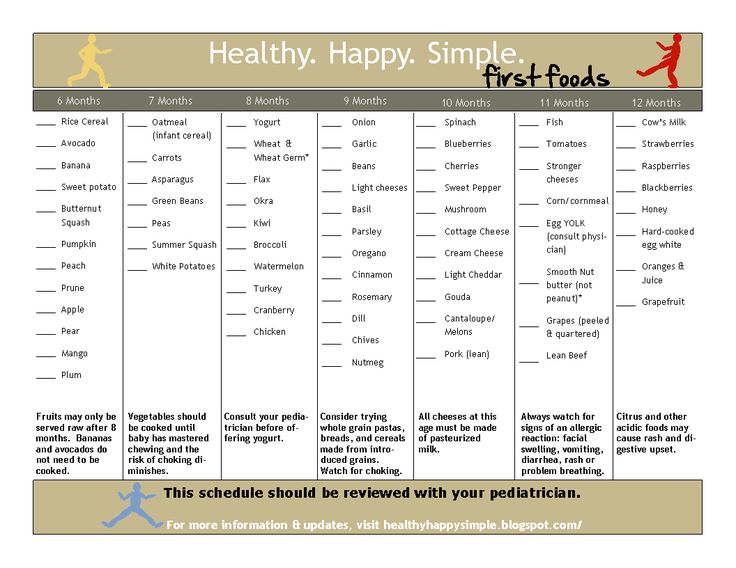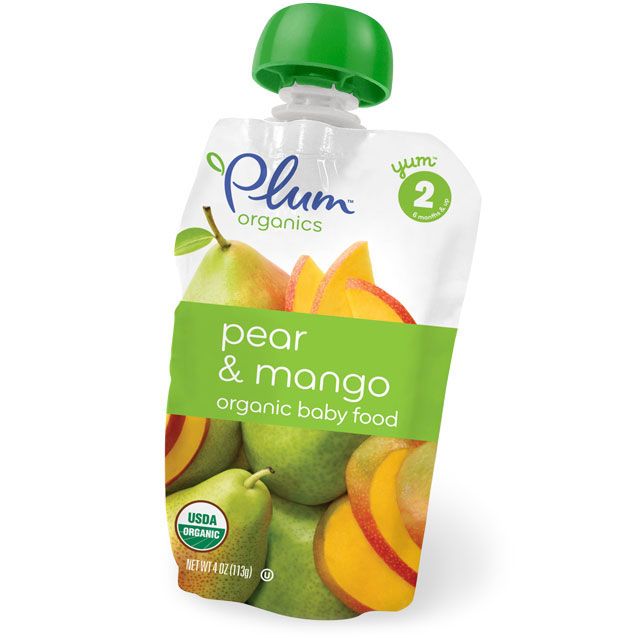Self feeding baby food
7 Tips for Teaching Your Baby to Self-Feed
Now that your baby has been introduced to solids and is experiencing different foods and flavors, you may be ready to help your little one begin to self-feed. But when is the right time to encourage this new skill? What are the signs of readiness that we should look for? And what are the best foods to begin with when teaching baby to self-feed? We are answering all of your questions and sharing our tips on making this milestone easier for you and your child.
When will my baby be able to self-feed?
Usually, by about nine to 12 months of age, you may notice your baby showing an interest in self-feeding. They have become more experienced with eating solids at this age and are feeling the different textures of foods between their fingers. Hopefully, they are also making attempts at bringing some of that food to their mouth to lick and taste. This usually looks like them grasping for their food with their whole hand in a raking-like motion and then trying to shove what they have in their hand all into their mouth. You may even notice your baby trying to grab the food with their thumb and forefinger, which is an important fine motor skill called the pincer grasp. These are all good signs and are great indications that your baby is ready to begin self-feeding.
What are the signs that my baby is ready to self-feed?
There are a few readiness signs to look for that will indicate it’s the right time to begin teaching your baby to self-feed:
- Grabbing the spoon while you are holding it during mealtime.
- Reaching for their food on their plate, bowl, or tray.
- Reaching for your food or plate.
- Practicing the pincer grasp — bringing food and other items to their mouth during mealtime or playtime.
- Pushing your hand away when you try to feed them.
It’s important to pay attention to these readiness signs and not just rely on your child’s age. If a baby is 9 or 10 months old but does not show these readiness signs, parents should wait until they do.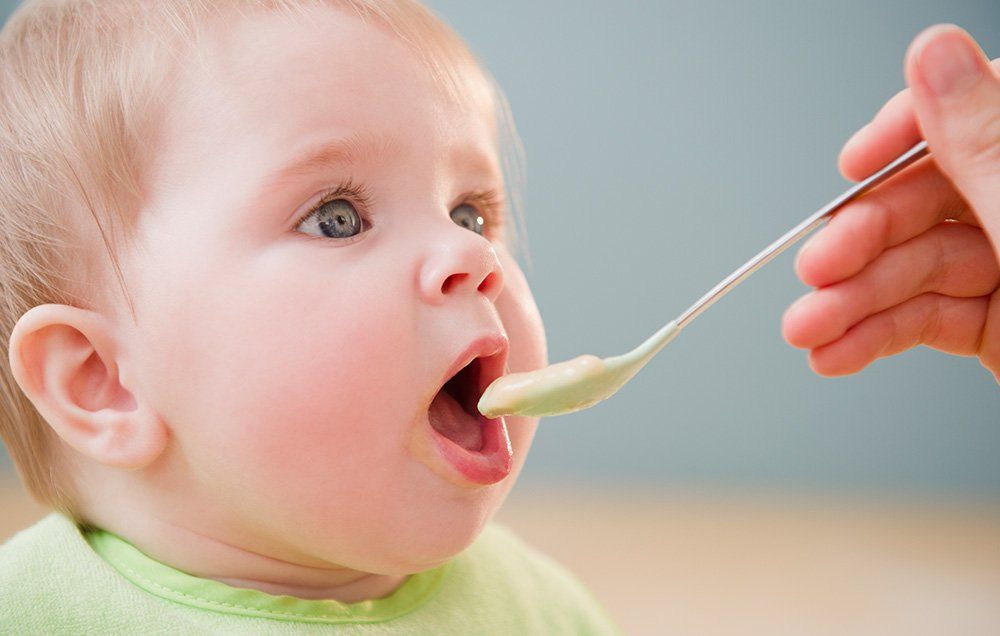 But once your baby does show these self-feeding readiness signs, it’s important to provide many opportunities for them to practice this skill. Allow them to try and try again. That’s how they will learn and master this skill!
But once your baby does show these self-feeding readiness signs, it’s important to provide many opportunities for them to practice this skill. Allow them to try and try again. That’s how they will learn and master this skill!
What are the best foods to start with self-feeding?
The best foods to give your baby to practice self-feeding are easy for them to grab, hold, pick up, and bring to their mouth. Here are some recommendations to try:
- Stonyfield Organic YoBaby Yogurt Pouches
- Soft cooked carrots, sweet potatoes, butternut squash, or peas
- Small pieces of soft, ripe bananas, avocados, kiwi, or peaches
- Soft-cooked apples or pears
- Soft-cooked whole grain pasta
- Diced pieces of cooked chicken, turkey, or fish
- Cubes or strings of cheese
YoBaby® yogurt pouches are a great option for multiple reasons. First, they are easy for your little one to pick up and bring to their mouth. Second, they nourish little tummies with real fruit, live and active cultures, vitamin D, calcium, protein, and prebiotics! Third, the consistency is creamy and delicious — easy for baby to eat and swallow. And four, it combines whole milk yogurt and oats for a quick meal for baby!
And four, it combines whole milk yogurt and oats for a quick meal for baby!
All foods should be soft, easy to mash, and big enough for your baby to pick up but small enough to prevent them from choking.
What are the foods to avoid when my baby is beginning to self-feed?
Foods that should be avoided when beginning to teach your baby to self-feed are foods that pose a potential risk of choking.
- Nuts
- Popcorn
- Raw carrots
- Whole grapes
- Raisins
- Hot dogs
- Portions of food that are too large
Your baby doesn’t have all of his teeth, so all foods should be soft. Once your baby’s 2-year molars come in, your child will be able to chew harder food properly. If you want to test to see which foods are safe and soft enough for your baby to eat, take a piece of their food and try to mash it between your fingers. If you cannot easily mash it, it’s probably too hard for your baby to chew.
How do I teach my baby to self-feed?
Now that you know your baby is ready to start self-feeding and you know which foods are best to start with, how do you begin? Here are some helpful tips.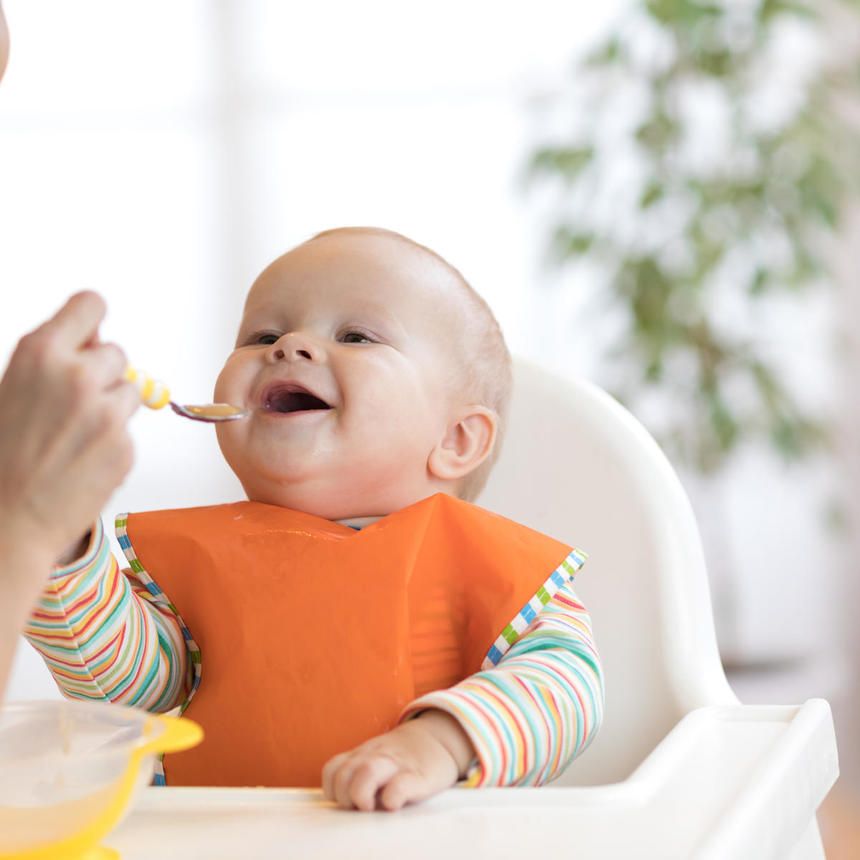
The more opportunities you give them to practice, the quicker they will learn and master self-feeding. Give them opportunities to try self-feeding with their hands and with utensils.
2. Begin with encouraging hand feeding.Before introducing feeding utensils to your baby, encourage her first to use her hands to move the food toward her mouth. A good way to start is to place a yogurt pouch or a few pieces of food on your baby’s highchair tray. Encourage her to reach for it, feel it, and play with it with her pincer grasp. It may look as if she isn’t doing much and not eating, but that’s actually how she starts to learn.
3. Also, introduce and encourage baby to use utensils.It’s never too early to introduce utensils to your baby! It’s good for them to get used to utensils during mealtime. In the beginning, I recommend having two spoons–one for you to help feed baby a few bites and one for them to hold and practice using.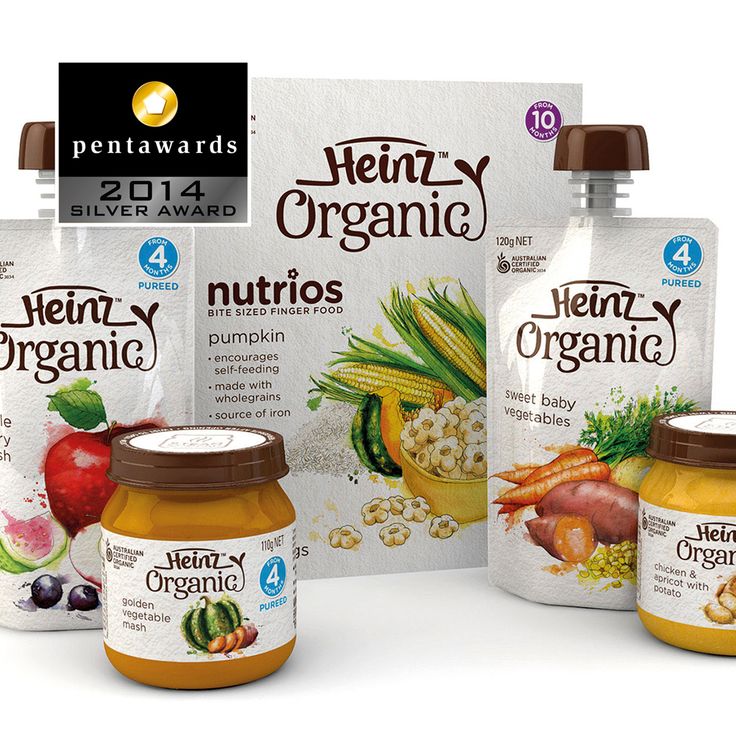 He may even try to imitate your motions by dipping his spoon into the food and maybe attempting to bring it to his mouth.
He may even try to imitate your motions by dipping his spoon into the food and maybe attempting to bring it to his mouth.
Another thing you can try is pre-loading his spoon with food and handing it to him. This can help him practice balancing the food on the spoon as he brings it to his mouth. With this, I recommend using thicker foods like yogurt and oatmeal. They are good practice foods since they stick more easily to the spoon. Overall, be sure to allow plenty of practice opportunities with both utensils.
4. Stay close to your baby during meals.As your baby practices self-feeding, it’s important that you stay close and monitor her. We don’t want any food getting stuck in her nose or anywhere else, and you want to ensure that she is tolerating all of the new textures and flavors. By staying close, you will also monitor how much or little she is putting in her mouth and eating. These are all reasons why remaining by her side is necessary. She’s learning something new, and she needs your help and guidance!
5.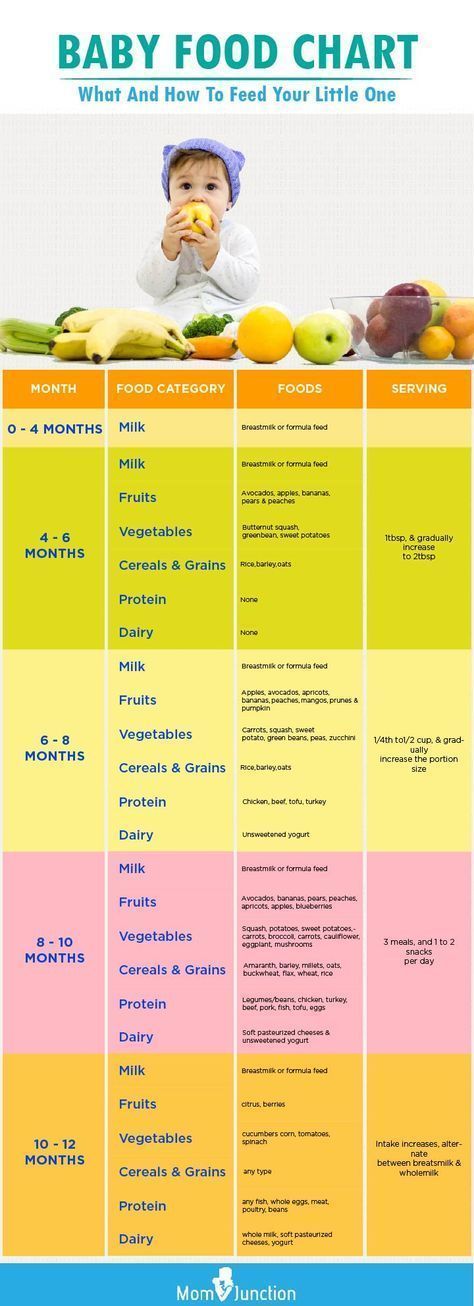 Be prepared and expect a big mess.
Be prepared and expect a big mess.When babies are allowed to touch and explore new foods and feeding themselves, things get messy. And that’s okay! Don’t stress about it, and expect the mess. Have your baby wear a baby apron, put a towel on the floor if you’re worried about food falling, or undress your baby down to her diaper! Also, have baby wipes and power towels close by. You may even have to give your baby a bath after mealtime. Again, this is normal. A messy meal is still a success because that means your baby was trying to self-feed. Soon enough, she’ll get better at handling the different foods and make less of a mess. This is all a part of the process.
6. Eat together as a family.One of the best ways to teach your baby to self-feed is to have them watch the family eat. Babies are learning new things all the time, and they learn from modeled behaviors. By watching how their parents and siblings use their utensils and eat their food, babies want to mimic the same behaviors.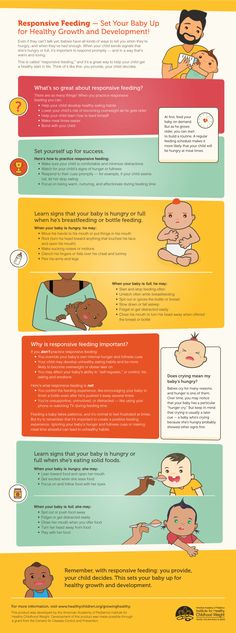 They gain confidence watching you and believe that they can do it too! If you are feeding your baby at a different time than the rest of the family, they are missing out trying to mimic your movements with utensils and foods and observing other appropriate mealtime behaviors.
They gain confidence watching you and believe that they can do it too! If you are feeding your baby at a different time than the rest of the family, they are missing out trying to mimic your movements with utensils and foods and observing other appropriate mealtime behaviors.
It takes time to learn how to self-feed, so be patient with your little one. Don’t try to rush the process or mealtimes. Your baby should set the pace because they understand their hunger and fullness cues. This is why it’s good to allow plenty of time for their meals. With lots of practice and patience, your baby will be self-feeding in no time!
What if my baby starts gagging or choking?
When teaching your baby to self-feed, expect some gagging to occur. Gagging is a natural occurrence and is the body’s natural defense against choking. This happens when babies have too much food in their mouth and are presented with new textures and flavors.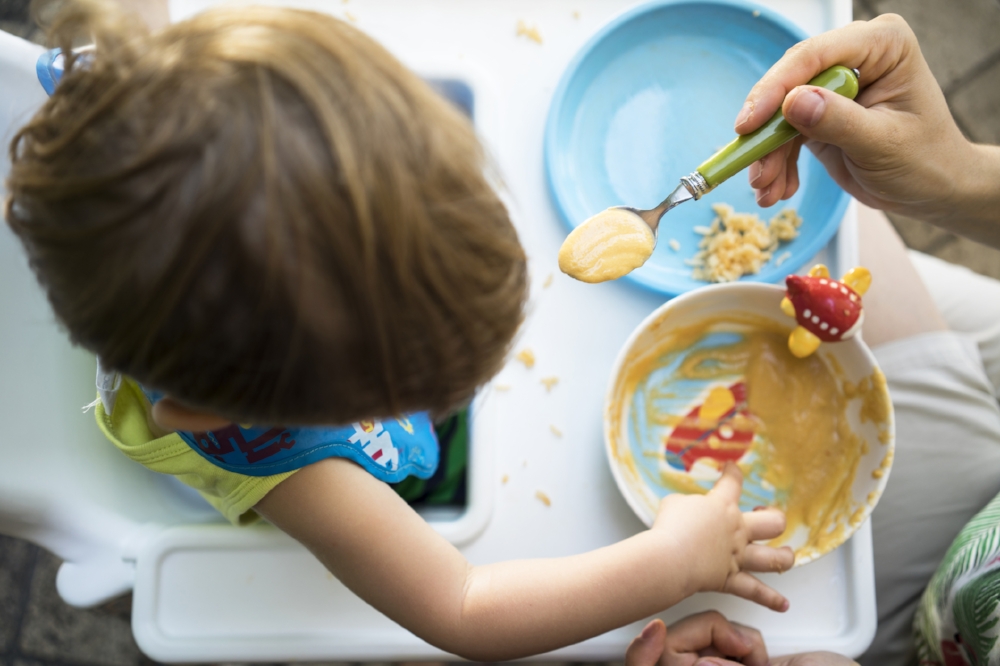 As long as they aren’t gagging too much during mealtime or causing them distress, gagging is common. However, if they are frequently gagging when trying to self-feed, this can cause them to have negative associations with eating or eating aversions. If this happens, avoid giving those foods or preparing those negative associations at the next mealtime.
As long as they aren’t gagging too much during mealtime or causing them distress, gagging is common. However, if they are frequently gagging when trying to self-feed, this can cause them to have negative associations with eating or eating aversions. If this happens, avoid giving those foods or preparing those negative associations at the next mealtime.
Choking, however, is different and much more serious than gagging. Choking is when a piece of food gets lodged in the airway. Your baby may first begin coughing, then become silent. He will show difficulty breathing and will not be able to cry or make sounds due to the food obstructing his airway. This is a serious and life-threatening matter. This is why the types of food, foods’ sizes, and the consistency of foods are important when teaching your baby to self-feed.
Final Thoughts
This is an exciting time in your baby’s development. Remember, self-feeding is a learning process and takes time. If you see that your baby isn’t able to self-feed enough foods to fill them up during mealtime, which is common in the beginning, alternate feeding them purees and finger foods to fill them.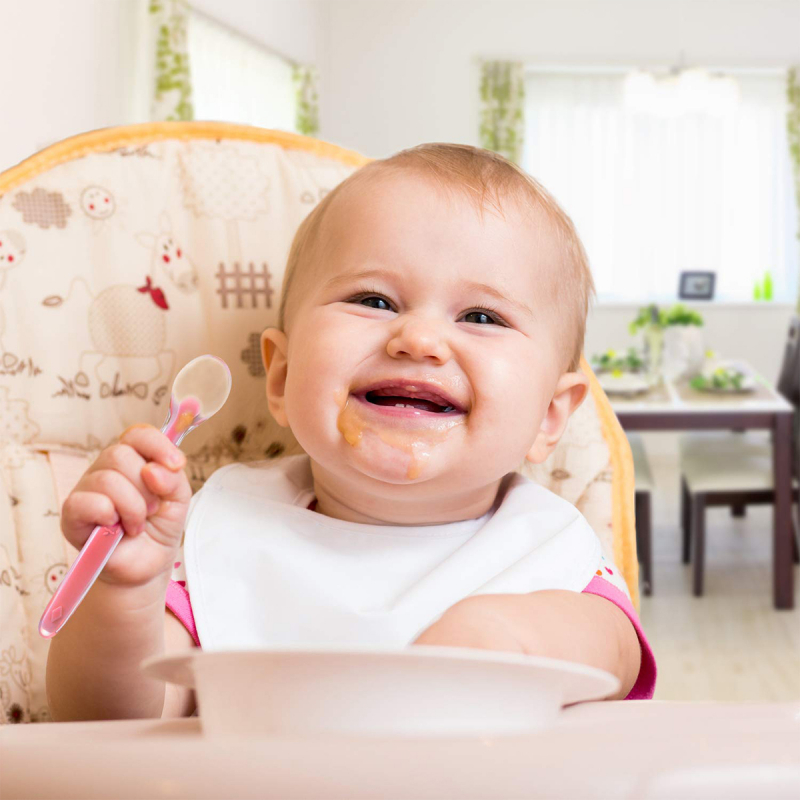 I also suggest offering them a YoBaby yogurt pouch to fill them and allow them to continue practicing self-feeding! In the meantime, take lots of pictures of this fun and messy milestone and enjoy the process!
I also suggest offering them a YoBaby yogurt pouch to fill them and allow them to continue practicing self-feeding! In the meantime, take lots of pictures of this fun and messy milestone and enjoy the process!
Note that the views and opinions expressed in this post are solely that of Baby Chick and do not necessarily reflect the opinions and views of Stonyfield. The content provided and in any linked materials are not intended and should not be construed as medical advice. If you have any questions about health or nutrition, we always think it’s best to consult with your doctor or healthcare practitioner.
Teaching Your Baby to Self-Feed
Read time: 5 minutes
What should I know about teaching my baby to feed themself?Signs your baby is ready to self-feed
Ideas for first finger foods
Tips for introducing spoons and cups to your baby
As your baby becomes more experienced with eating, you may notice them becoming more interested in feeding themself.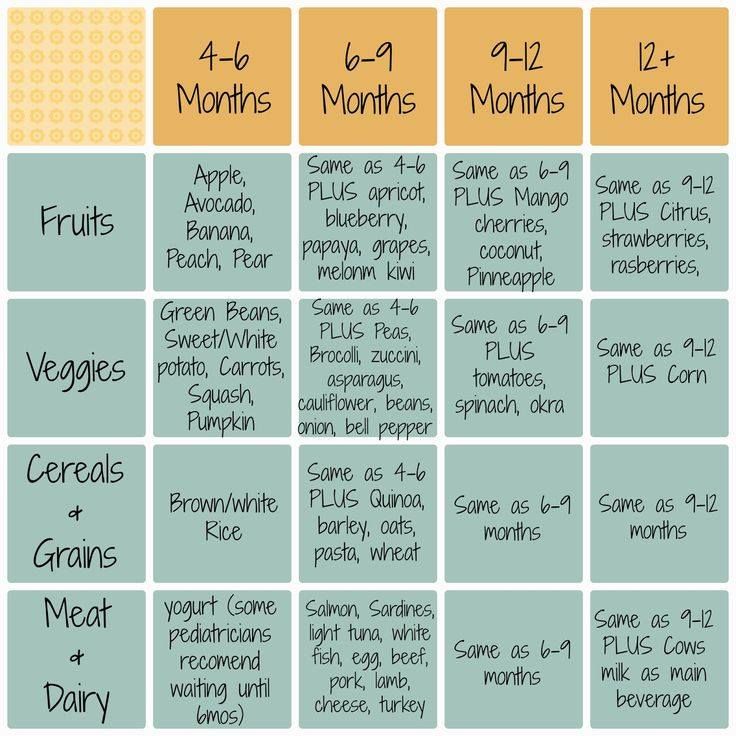 This transition to self-feeding usually starts between 7 and 9 months.1,2,3
This transition to self-feeding usually starts between 7 and 9 months.1,2,3
Grabbing the spoon while you are holding it
Reaching for food from their (or your!) plate
Even grabbing other objects, like toys, and bringing them to their mouth4,5
Once your baby starts showing an interest in feeding themself, it’s important to provide many opportunities for them to practice this skill. The key to mastering self-feeding is to let your baby try and try again.
Don’t wait until your baby’s teeth emerge to start finger foods! Babies do not actually need teeth in order to enjoy foods beyond purees.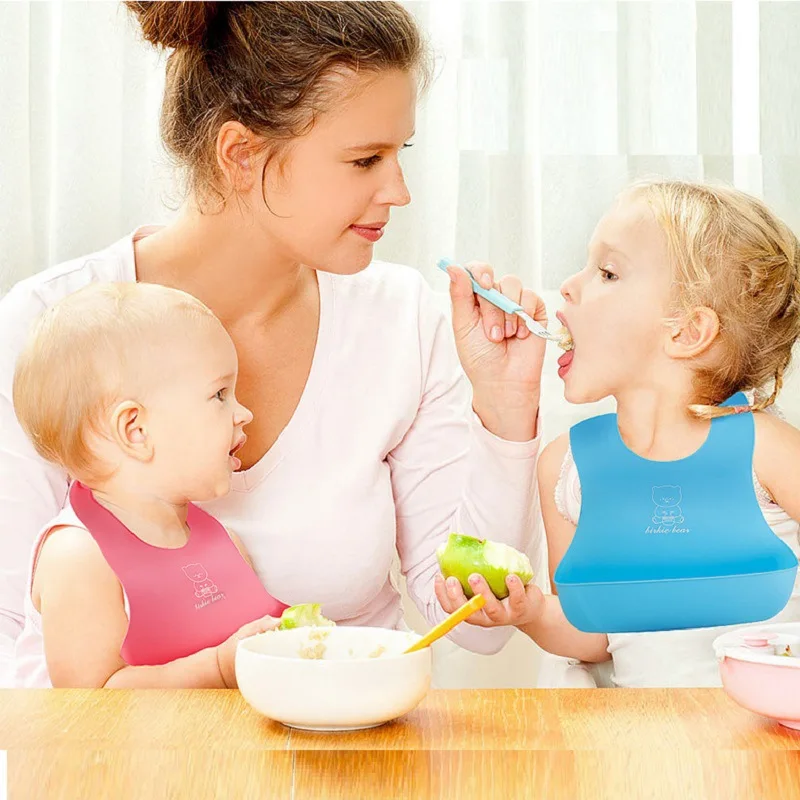 In fact, the teeth we use to chew are the molars, and those teeth generally don’t come in until well after baby’s first birthday.15
In fact, the teeth we use to chew are the molars, and those teeth generally don’t come in until well after baby’s first birthday.15
Babies’ gums are incredibly strong – if your little one has ever gnawed on your finger when teething, you know! And as long as the foods you present to your baby are size and texture appropriate, they can chew perfectly well without a full mouth of teeth.14
Ideally, the food you provide your little one should be soft and pea-sized to prevent choking. Make sure the food is ‘smushable’ between your fingers so that it’s soft enough to be gummed by your baby.
How to start teaching your baby to self-feed with finger foodsA good way to start is placing a few small pieces of food on your baby’s highchair tray. Let your baby feel it. It may seem as if baby is just playing with the food, but touching and playing is a step in their learning process.2,5
Initially, your baby may grab for the food with a raking motion, using the entire fist to move the food toward their mouth.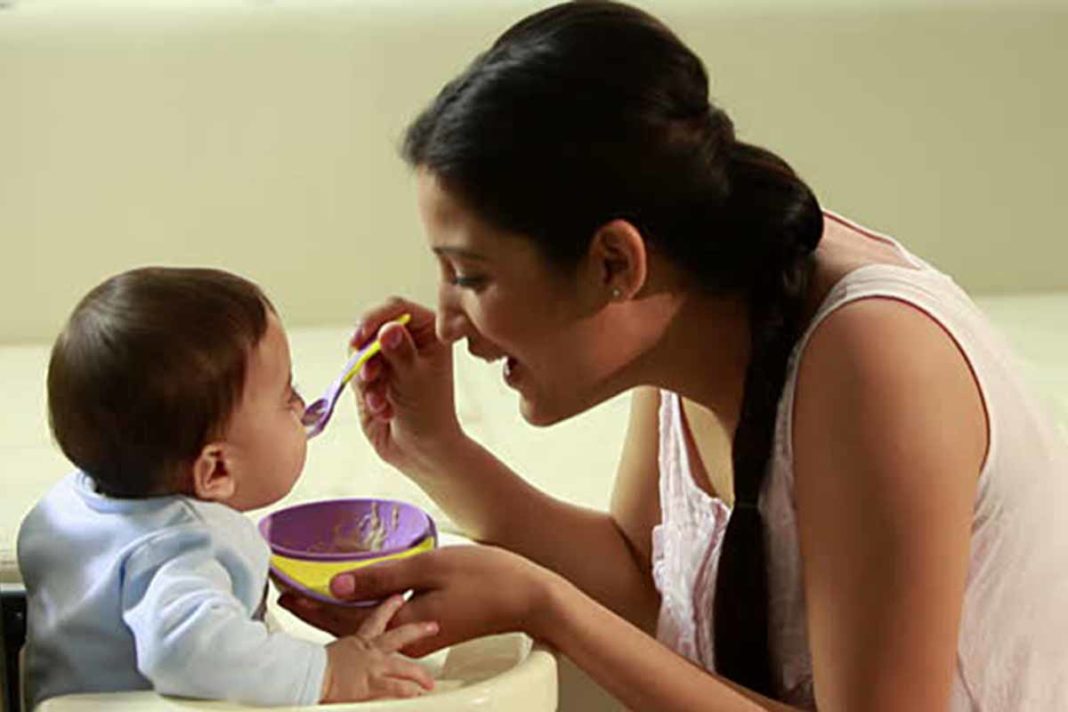 Grabbing the food in this way is called the palmer grasp, which is when baby’s fingers close over an object (such as your finger) in the palm of their hand.16
Grabbing the food in this way is called the palmer grasp, which is when baby’s fingers close over an object (such as your finger) in the palm of their hand.16
Around 9 months, your little one will develop the fine motor skill of grasping food with their thumb and forefinger, called the pincer grasp.5
Read more: Introducing Solids: First Foods and Advancing Textures
When to practice self-feedingYou can go about practicing self-feeding in many ways. First, try setting aside time at the beginning of the meal for practice. Since baby is hungrier at the start, this may help in motivating your little one to bring the food to their mouth themself.
Another way to try is to simply leave several pieces of food on baby’s tray to play and practice with while you alternate with spoon feeding. Allow your little one to try and put food in their mouth, then practice chewing and swallowing. Be sure that baby’s mouth is clear of food before offering anything from the spoon.
If your baby gets frustrated, allow them to finish the meal and eat how they normally would (such as with spoon feeding). Just remember to keep trying at other meals throughout the day (and every day).
Read more: Meal Plan for 6 to 9 Month Old Baby
First finger foodsThe foods you give your baby to practice self-feeding should be soft, easily ‘smushed’ between your fingers, and cut into small pea-sized pieces.
Here are some ideas for first finger foods:
Small pieces of ripe, soft bananas, avocados, peaches, mango, kiwi
Soft cooked sweet potatoes, carrots, butternut squash, turnips
Grated or soft cooked (skinless) apples and pears
Soft cooked whole grain pasta
Scrambled eggs
Cubes, strings, shredded, or small pea-sized pieces of cheese
Cooked shreds, small diced pieces, or ground cooked chicken, fish, or turkey
Berries cut into quarters
Beans cut into halves or quarters
In addition to the above ideas, your baby can eat bits of what you eat (without added salt or sugar) including different fruits, veggies, grains, meat, beans, spices and seasonings as long as the foods are small and soft enough to reduce choking risk.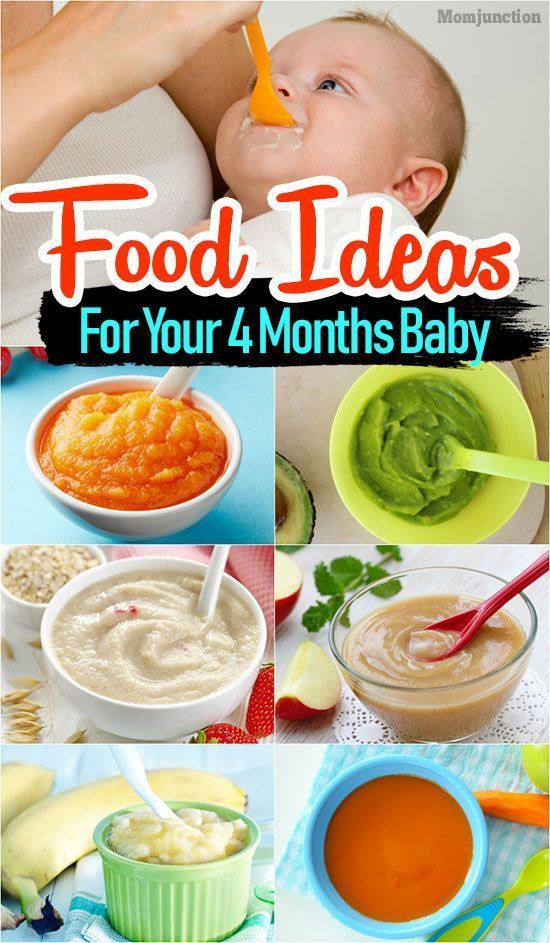
Foods that pose a risk of choking should be avoided. Examples include nuts, whole grapes, hot dogs, raw carrots, raisins, popcorn, and portions of food that are too large.14 Also note that honey should not be given to infants before the age of 1 year.
Read more: Preventing Choking in Infants and Toddlers
Time to practice with spoons and cupsLearning how to use spoons and cups not only involves demonstrating how to use each one, but also allowing your baby lots of practice both with your help and without. Let your little one get messy as they step into their independence with eating and drinking!
Teaching your baby to use a spoonAfter your baby masters self-feeding with their hands, the next step is offering utensils. Most children become good at using spoons and forks to self-feed between 15 to 18 months, but that doesn’t mean you need to wait until then to start exposing them to utensils.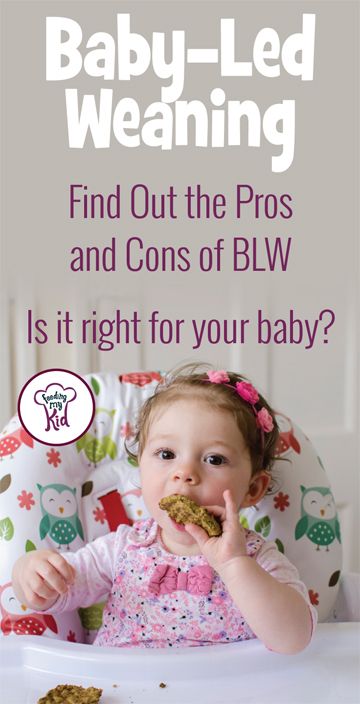 1,6,7
1,6,7
Just as your baby needed a lot of practice eating with their hands, they will also need many opportunities to attempt eating with utensils. A good way to begin encouraging this transition is to give them their own baby or toddler-friendly spoon or fork.
Teaching your baby to use a cupLearning to drink from a cup can also begin around this time.4,7 Use an open, sippy, or straw cup and allow your little one to practice with a small amount of water. Since formula and/or breastmilk will still provide a large amount of nutrition and all of the hydration for your little one at this age, only about 4 to 8 ounces of water total spread through the day are recommended.8
Letting your baby drink water from a cup on their own will not only build their fine motor skills (which may include lots of spills!), but will also help them form the important habit of drinking water. 8
8
Which should you use: cups? Sippy cups? Straw cups? Learn more here: Transitioning to Cups for Babies and Toddlers
Which foods to use when practicing using a spoonThicker foods like oatmeal, mashed sweet potatoes, or yogurt blended with fruit are good practice foods since they will more easily stick to the utensil. It will be messy for a while but just remember that practice makes progress.
Once your baby has gotten the hang of dipping the utensil into the food and bringing it to their mouth, consider giving baby their own small bowl. There are some bowls with suction cups on the bottom and some that are attached to a mat – these may help prevent too many spills.
Let your baby to feed themself from their bowl while still feeding them from yours. Soon enough they’ll be eating a full meal without your help!
Remember, it is a learning process; it will take quite a while before your little one is neatly and skillfully feeding themself.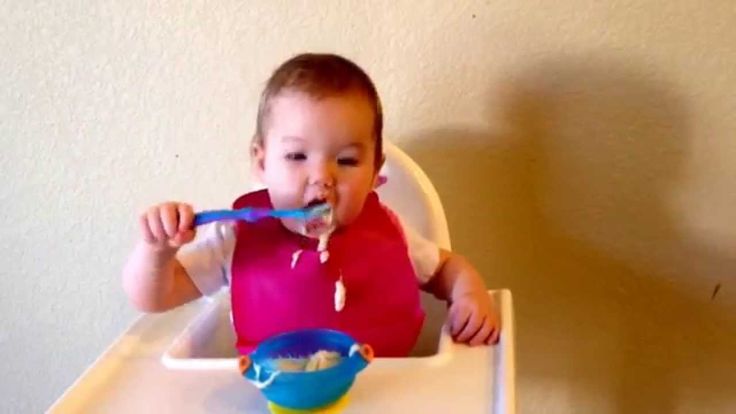 In the meantime, have fun and be prepared to get messy!
In the meantime, have fun and be prepared to get messy!
It’s important to monitor your baby as they begin to eat more independently. Your baby is not only getting used to a new way of eating, but new textures too. Remaining by your baby during meals will allow you to monitor their tolerance for new textures and the amounts they are putting into their mouth.9
Know the difference between gagging and chokingGagging is the body’s natural defense against choking and is very common when babies start eating solid foods.10,11 Gagging may occur if the baby has too much food in their mouth or if the food moves towards the back of the mouth before they have chewed it sufficiently. While your baby may look scared and be making gagging noises, baby’s airway is not blocked.![]() The gag reflex helps baby move the food back toward the front of the mouth so they may chew it more before swallowing.
The gag reflex helps baby move the food back toward the front of the mouth so they may chew it more before swallowing.
Choking is when a piece of food becomes lodged in the airways causing baby to stop breathing.12 Your baby will be silent and perhaps flailing their arms. Choking is life threatening and requires immediate attention.
Learn more: Preventing Choking in Infants and Toddlers
Expect and embrace the messTeaching your baby to feed themself will be messy. Invest in a few good bibs or apron type smocks that can better catch the food. Consider placing an old towel underneath the highchair if you are concerned with food falling on the floor. Keep a damp washcloth or paper towel by your side to help with spills.
Enjoy family mealsBabies learn from you! If your baby is eating meals with the rest of the family, they will observe how everyone else is using their utensils to feed themselves, eating healthy foods, as well as other appropriate mealtime behaviors.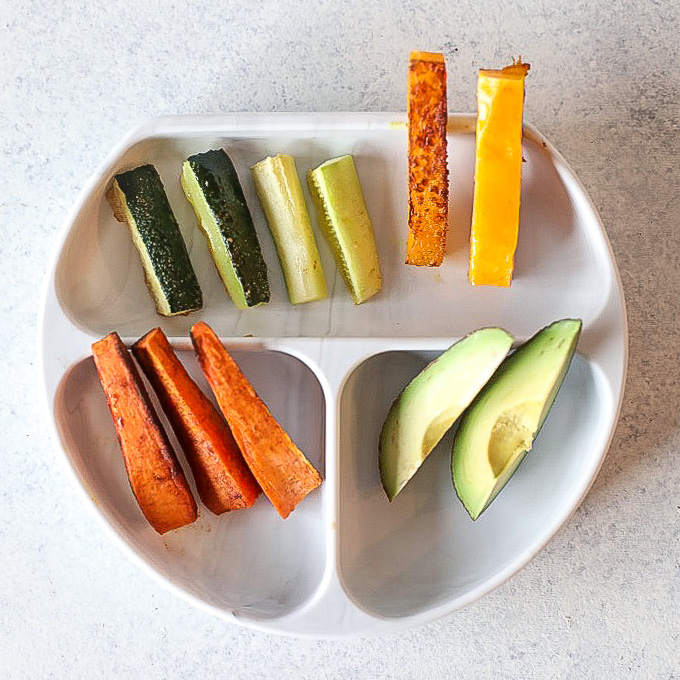 4,13
4,13
Read more: Family Meals: Developing Healthy Eating Patterns
Be patientLearning to self-feed takes time. Allow plenty of time for meals and never rush your baby to finish. Your little one is eating at the pace they are most comfortable with, allowing them to boost their learning.
Let's Chat!We know parenting often means sleepless nights, stressful days, and countless questions and confusion, and we want to support you in your feeding journey and beyond.
Our Happy Baby Experts are a team of lactation consultants and registered dietitian nutritionists certified in infant and maternal nutrition – and they’re all moms, too, which means they’ve been there and seen that. They’re here to help on our free, live chat platform Monday - Friday 8am-6pm (ET). Chat Now!
Read more about the experts that help write our content!
For more on this topic, check out the following articles:Introducing Solids: Signs of Readiness
Learning to Love Healthy Foods
Understanding your Baby’s Hunger and Fullness Cues: Responsive Feeding
Introducing Solids: Baby Led Weaning
Feeding Tips for Healthy Weight Gain in Infants and Toddlers
Nutrient Needs and Feeding Tips for 6 to 12 Month Olds
Sources
Self-feeding of children - Encyclopedia Baby food
Levchuk Victoria© More and more parents prefer to feed their child on their own from the very beginning, when complementary foods are introduced at about six months of age.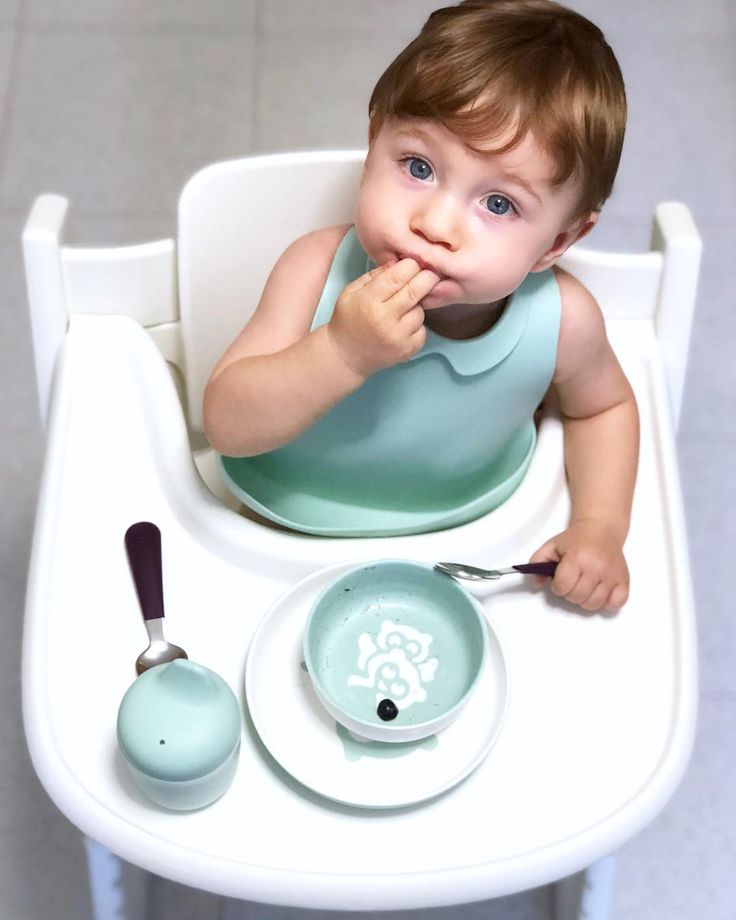 When a child explores the food on a tray with his hands and his whole face, sounds sloppy, but it's so much fun for both him and his parents. Giving toddlers the opportunity to explore food with all of their senses increases acceptance of new tastes and textures. As a bonus, self-catering helps parents enjoy their meals at the same table as their child.
When a child explores the food on a tray with his hands and his whole face, sounds sloppy, but it's so much fun for both him and his parents. Giving toddlers the opportunity to explore food with all of their senses increases acceptance of new tastes and textures. As a bonus, self-catering helps parents enjoy their meals at the same table as their child.
You can read about independent nutrition in the following articles:
- At what age does a child begin to eat independently?
- How to teach a child to feed himself
- How to spoon feed
Contents:
Learning to feed yourself is an important milestone for many reasons.
First , children learn to feed themselves, and this is a skill that they need to develop before 2 years of age to use all their lives.
Second, this stage includes the development of
finger grasping, squeezing and throwing food.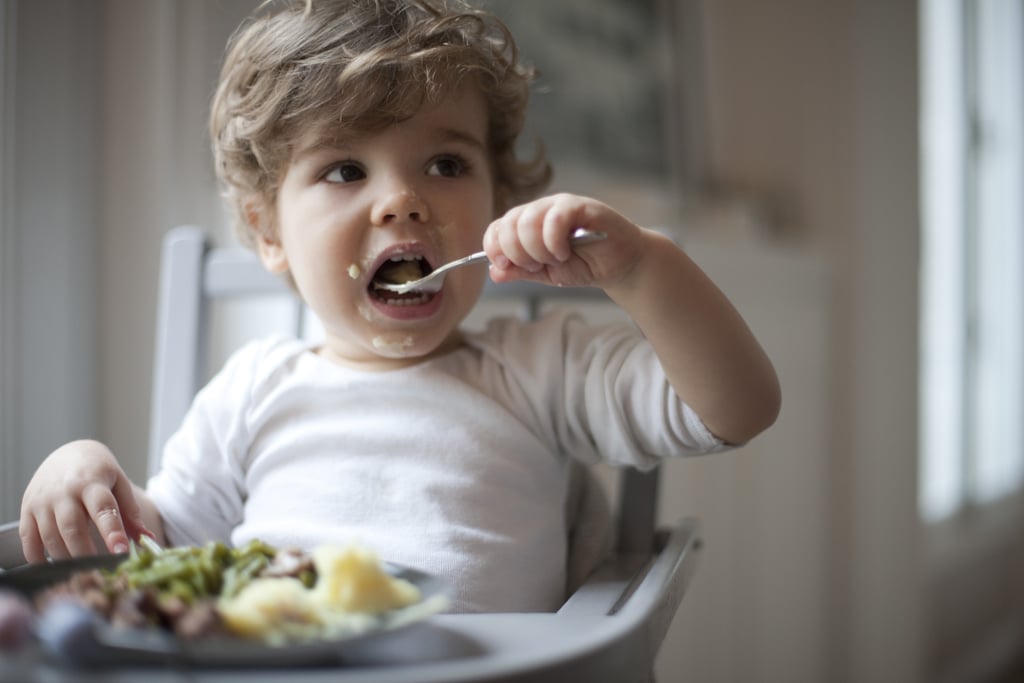 It may sound strange, but it's one way a child develops fine motor skills, like holding a spoon.
It may sound strange, but it's one way a child develops fine motor skills, like holding a spoon.
Third, is a chance to help your child learn more about the taste, texture, smell and temperature of food. For example, he learns that it is easier to take a piece of banana or kiwi than yogurt or spaghetti.
Fourth, scooping or forking food and then bringing the object and food to the mouth are all great ways for a child to practice hand-eye coordination or fine motor skills.
Since feeding is a motivating factor for most children, hard work and perseverance in the face of complex motor challenges is guaranteed.
Fifth, the child improves sensory processing skills.
Messy eating isn't just messy, it's a great way to develop tactile (sensory) skills. The child begins to understand his feelings when there is a sticky or sticky consistency on the face, when it is cold or warm on the hands and face, because this is normal.
Sensory experiences at an early age develops a sensory threshold so that the baby understands what inputs are safe and comfortable.
Self-feeding also develops the proprioceptive or kinesthetic sense. This is a sensation that tells the body where the parts of the body are in relation to the outside world and to each other. This feeling helps to touch the nose with closed eyes and fasten the coat without peeping. Funny things happen while the baby remembers where his mouth is and acquires muscle memory when he brings food and utensils to his mouth.
Sixth, the child becomes independent. Independence is an important stage in the development of early childhood. By allowing the child to self-feed, the parent avoids or minimizes potential power struggles and behaviors (including food tossing) while eating.
Many parents wonder why a child stops eating from a spoon after he starts using his fingers to feed. It's simple, if only a parent used a spoon (fed the child from a spoon), then the child decides to use an independent method of nutrition (fingers).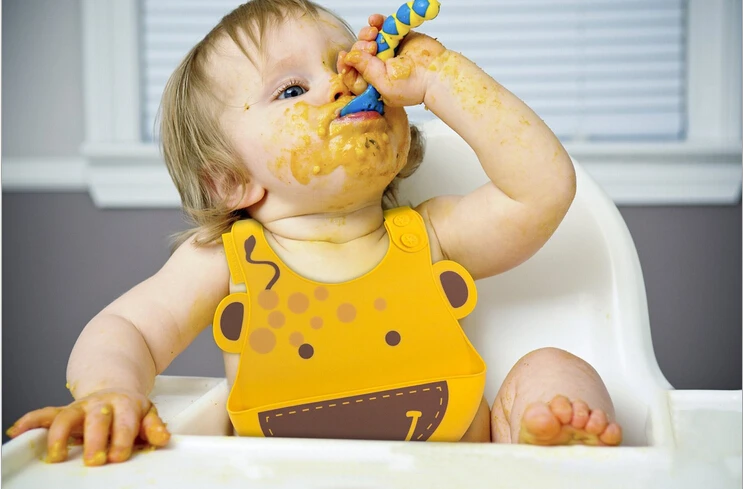
Self-catering helps children determine how much food to eat. For health and well-being, the best skill a child can acquire during childhood is awareness of satiety.
Seventh, the child learns to use his mouth.
What most parents don't realize is that a child under one year old easily learns to take sips from an open cup.
Drinking liquid from a cup helps the child improve more skills and also helps to achieve jaw stability. Don't forget to also practice neck movements for proper head tilt to take a sip, use of two hands (bilateral coordination) and kinesthetic/proprioceptive skills for proper cup tilt.
Dirt, lots of cleaning, broken plates and mugs. But seriously?!
After the introduction of complementary foods, the child shows signs of a desire to feed on his own. For example, he may begin to reach for a spoon or try to take food from a plate.
Baby wants to feed himself is normal and great, we encourage it, although it is often messy and can sometimes be frustrating for the mother, who will have to clean everything up.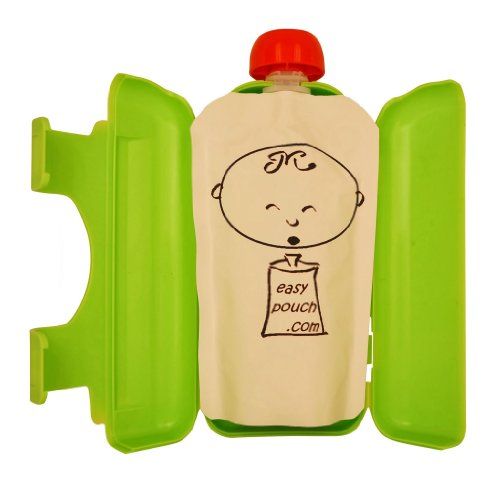
Be patient - sooner or later the child will improve motor skills and stop dropping and dirtying everything. You can keep a camera handy to capture the fun side of this feeding phase.
The best way to start the self-feeding phase is with finger food.
Finger food are soft, small pieces of food that a child can easily pick up and grind between the gums or teeth. If you are interested in self-feeding, you can start with food that is easy to put in your baby's hand, such as a small piece of soft fruit or soft boiled vegetables such as potatoes or squash.
Self-catering
Advice : At the beginning of self-feeding, you can put finger food directly on the table for feeding in a small amount, as the food decreases (due to falling on the floor or getting into the mouth), you can add more. This way the food won't end up on the floor right away.
Most children will not be able to use a spoon until they are 18 months old.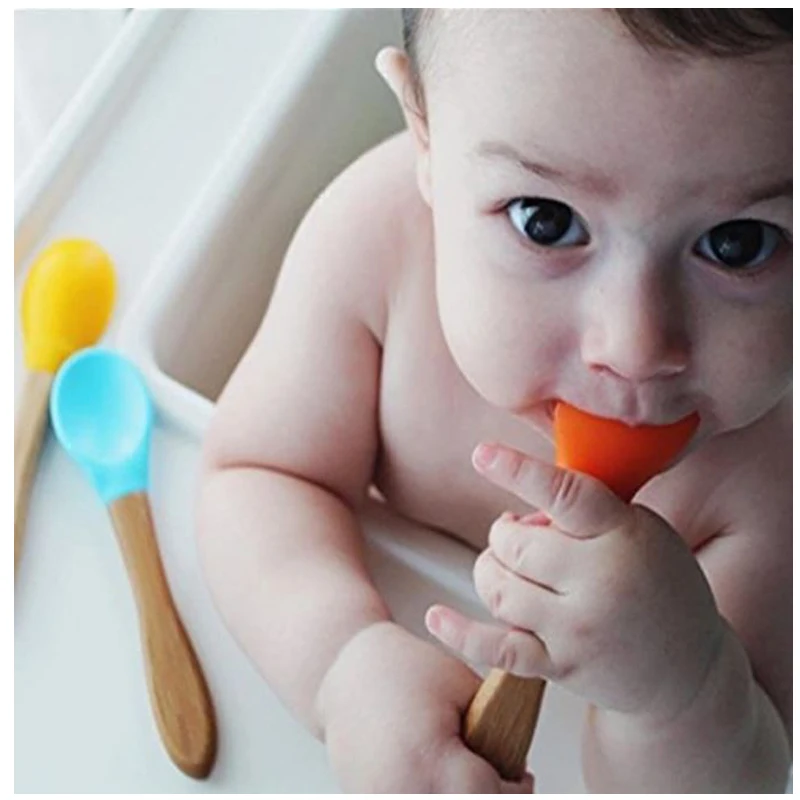 But it is better to allow the child to use the spoon from a much earlier age. Babies usually report themselves that they want to use a spoon during feeding, when they constantly reach for it.
But it is better to allow the child to use the spoon from a much earlier age. Babies usually report themselves that they want to use a spoon during feeding, when they constantly reach for it.
Advice : At the very beginning of weaning, you can feed (supplement) the baby with one spoon while he holds the second.
To avoid suffocation, we always look after the child when he learns to feed himself. It is important to feed your baby in a sitting position. Some foods, such as whole nuts and hard foods like raw carrots, are dangerous for your baby. Children who are learning to eat should not eat these foods.
Eating erratically and playing with food are normal parts of a child's development as they learn to feed on their own.
If the mess causes stress for the mother, then you can:
- put a bib on the child
- offer finger food that is soft, but not spreadable, which is easy to collect with a broom, rather than washing the floor
- cut the food into strips or cubes so that it is easier to take and eat
- let the child eat with his hands
- put an oilcloth or diaper under the high chair
- feed the child naked (easier to wash, especially in summer)
- calm down and clean up once a day (cockroaches are nocturnal animals, so you can wash the floor before going to bed )
- dress the child in unstained or unnecessary clothes (but preferably naked).

Child drops or throws food on the floor is normal. Especially if he is less than a year old, then this is definitely normal, he is studying physics. If the mother reacts when the child does this, he may think that this is the beginning of an exciting new game. One way to deal with this is to ignore it. Calmly and without fuss to pick up food. Lifting food or utensils from the floor and giving to the child should not be, it is better not to touch anything. And on the table to have spare cutlery. "It has fallen - it means it's gone!" is probably the most important rule of the first year of self-feeding.
When your baby is six months old, he is ready to learn how to drink from a cup. Like learning to eat, this can be a slow and difficult process.
Here are some tips to help you teach your child to drink from a cup:
- Buy your child a small, unbreakable plastic cup that is easy to hold and hold.
- Let the child play with the cup first to get used to it.

- Hold the cup for the first few times when using it.
- Pour only a small amount of liquid into the cup (a couple of sips) so as not to spill.
- During a family meal, the cup should be used by all family members to show the child how it is done - babies love to imitate their parents.
Self-feeding of children is the right skill that helps parents after 1.5 years. But until this age, the child will hone his movements every day, achieving filigree accuracy. And it's very dirty! After all, the first time the food / spoon gets anywhere, but not in the mouth. Therefore, there are many funny cases when a spoon flies at mom or dirty hands stick to mom's hair. My advice: Keep your phone or camera nearby, the main thing is to have time to take a picture, and everything else is trifles.
Self-feeding
From the moment the child learns to sit, hand-feeding should be stopped - it's time to teach the child to feed on his own.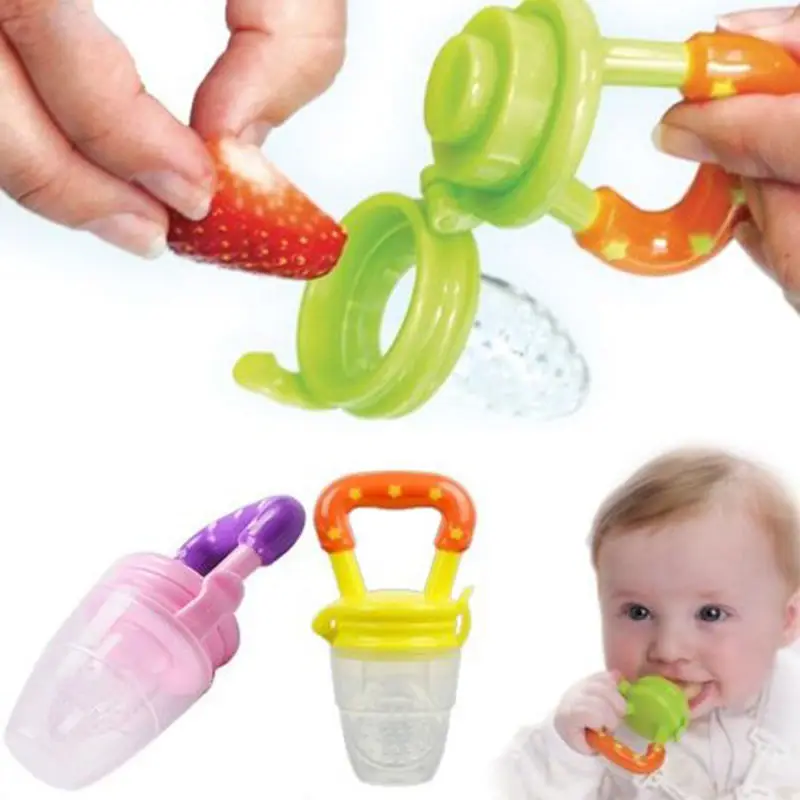
For the baby, you need to purchase a special table or take a seat at the common table. In the latter case, you will need a high chair that is suitable for the child by age. For the legs, you need a special stand, without which the crumbs will not be comfortable.
Make sure that the elbows of the seated child are flush with the table surface. A beautifully set and clean table, lined with bright children's dishes, will attract the attention of the crumbs and facilitate the first steps to self-feeding.
Putting all the dishes on the table at once is not worth it, this can lead to a loss of appetite for the child, as children first of all tend to eat their favorite treats. It is better to start feeding with semi-liquid or thick food. During feeding, the child should be in a good mood. Active games should be stopped half an hour before meals, so that the baby calms down and tunes in to the meal.
From the very first days, it is necessary to teach the child the rules of table manners and hygiene. Hands should be washed thoroughly before eating. As soon as the child gets used to sitting at the table, you can give him a baby spoon in his hands so that the baby gradually learns to hold it and use it correctly. The most convenient arrangement of the cutlery is the location in the cam so that the spoon is clamped in the middle of the handle. Starting at the age of two, you can teach your baby to hold a spoon with three fingers.
Hands should be washed thoroughly before eating. As soon as the child gets used to sitting at the table, you can give him a baby spoon in his hands so that the baby gradually learns to hold it and use it correctly. The most convenient arrangement of the cutlery is the location in the cam so that the spoon is clamped in the middle of the handle. Starting at the age of two, you can teach your baby to hold a spoon with three fingers.
How can I teach my baby to eat on his own?
At the first stage of accustoming a child to independent nutrition, a plate with a small amount of food is placed on the table. In one hand they give a spoon, in the other bread, with which he can help himself to scoop up food. In parallel, the mother also feeds the child from another spoon. Gradually, the child learns to cope on his own. The correct position of the baby during feeding - the child sits straight, not leaning over the plate.
In the first days of training, the child may eat sloppily. The task of the mother is to correct the baby and control the amount of food consumed. It is impossible to scold and force a child to eat by force, to entertain him, too. In neither case will it be possible to improve the appetite of the crumbs.
The task of the mother is to correct the baby and control the amount of food consumed. It is impossible to scold and force a child to eat by force, to entertain him, too. In neither case will it be possible to improve the appetite of the crumbs.
Table manners should be taught to a child from an early age. The child should not take food away from the table, talk and play while eating. He should eat the offered food with a spoon or fork, and bite off the bread in small pieces, without breaking it with his hands.
It is also important to teach your child to eat gently with their mouth closed. After eating, the child should use a napkin. You can introduce a fork to children from 3 years old, from 4-5 years old a child can be given a table knife in his hands so that he learns to use it in tandem with a fork. Right-handers should hold the knife in their right hand and the fork in their left, left-handers should hold the opposite.
After the meal, the child should wipe his mouth with a napkin, put the cutlery on the plate, put the cup on the saucer, thank him for the meal, only after that he can go to play.